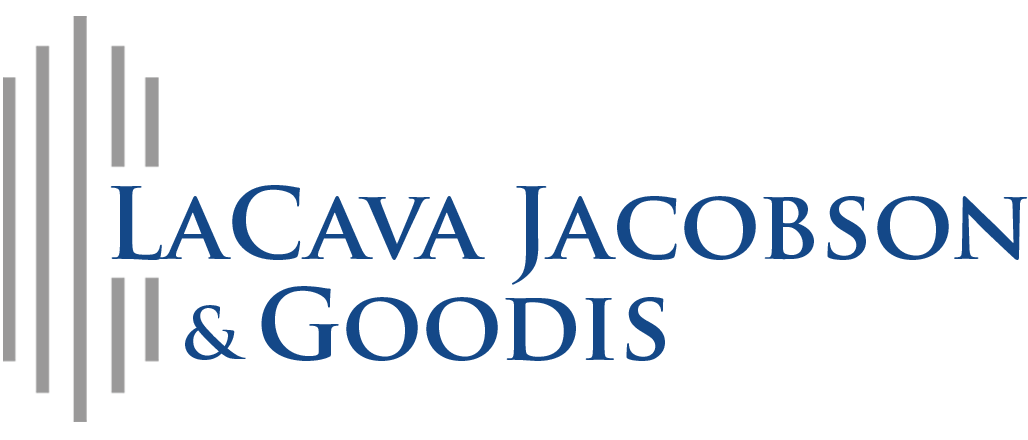Florida Law Weekly September 30, 2016
Saterbo v. Markuson (Fla. 2d DCA): In this automobile accident case, the Court addressed the enforceability of a joint proposal for settlement. The plaintiff filed a lawsuit against the driver of the car for direct negligence and the owner of the vehicle, which is a vicarious liability claim. The proposal for settlement did not apportion the amount due to each defendant. The Trial Court denied the plaintiff’s request for attorneys’ fees pursuant to the proposal for settlement, finding that the failure to apportion violated Florida Rule of Civil Procedure 1.442. The Trial Court also found that the proposal was ambiguous because it failed to account for the fact that there was a statutory liability cap of damages applicable to the vehicle owner, thus making it impossible to decide whether or not to accept it.
The Second District Court of Appeal reversed, citing to Florida Rule of Civil Procedure 1.442(c)(4) which provides that, ““when a party is alleged to be solely vicariously … liable, whether by operation of law or by contract, a joint proposal made by or served on such a party need not state the apportionment or contribution as to that party.” The defendants argued that because the owner could be held liable for amounts above the statutory cap, the owner’s liability was not solely vicarious and therefore, Rule 1.442(c)(4) did not apply. The Second District disagreed, stating, “The focus of the exception contained in rule 1.442(c)(4) is not whether a party is liable for the full amount of damages, but rather, it is whether the claims against the party are direct claims or solely claims of vicarious or other forms of indirect liability.” The Second District also disagreed that the proposal was ambiguous because of the cap, relying on the finding of the Florida Supreme Court in State Farm Mut. Auto. Ins. Co. v. Nichols, 932 So.2d 1067, 1079 (Fla.2006), where it recognized that with proposals for settlement, “it may not be possible to eliminate all ambiguity and, therefore, that the rule ‘merely requires that the settlement proposal be sufficiently clear and definite to allow the offeree to make an informed decision without needing clarification.’”



 litigation and appeals in all Florida state and federal courts.
litigation and appeals in all Florida state and federal courts.